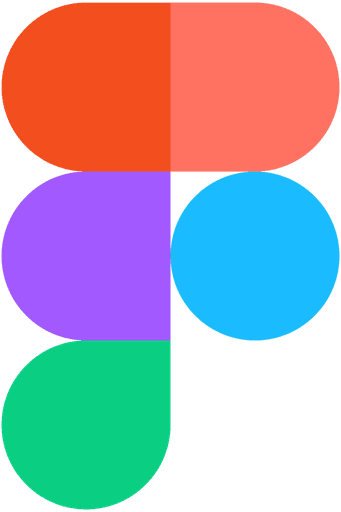VR Lingo
The VR Lingo project aims to enhance learners' language confidence and proficiency by implementing immersive language learning methods that harness the capabilities of immersive technologies to create authentic interactions and environments.
Challenge
Current popular methods of language learning fail to include real-world interactions and interactive learning structures which limits learners' ability to improve their practical language skills.
Research shows that there is a need for more practical ways of language learning. This led to my preliminary research where 87.5% of participants mentioned the need for more practical applications of their language learning experience.
In order to improve learners' language confidence and proficiency, there is a need for more immersive language learning approaches that utilise the possibilities of immersive technologies to generate realistic interactions and environments.
Results
Creating an immersive VR language learning environment proved highly engaging for users. Incorporating cultural elements within the VR scenarios deepened language learning.
The spatial nature of VR helped users associate words with specific locations or objects, aiding memory retention. Technical challenges, such as motion sickness and hardware limitations, wcan hinder the development of a VR project
Proposed Solution
New language learners want to be able to learn languages in a more practical way to enable them to easily apply the knowledge in the real world. VR Lingo is a virtual reality solution that takes a practical approach to language learning by;
Using a natural approach where language is learned without grammar structures but aimed at attaining communicative competence.
Dual Coding in language learning helps learners to learn using two connected codes, verbal using language vocabulary and non-verbal using mental imagery.
Integrating real-life scenarios that users will typically find themselves in into the app so as to easily apply them to a real-life event.
Design Process
To tackle this problem, I used the Design Thinking approach, guiding me through each stage with a user-centered mindset.
Disovery Pahse
Quantitative Research
A comprehensive quantitative research study gathered measurable insights into the experiences people have while learning a new language as well as their reasons and choices for learning a new language.
As a result of this process, I was better able to make design decisions and gain a better understanding of the users I was designing for.
Qualitative Research
Through in-depth interviews, focus groups, and user stories, I captured rich narratives that provided insights into their aspirations, challenges, and personal goals.
These empathetic insights served as the foundation for tailoring the language learning solution to address specific user needs and create a supportive and motivational learning environment.
Competitive analysis
Empathy Map
Define Phase
Using Design Thinking, I created personas, empathy maps, and a customer journey map to dive into users' challenges. These offered a clear view of users' needs, pain points, and journeys, guiding my design to be more user-centered.
Personas






System Architecture
Ideate Phase
Paper Sketches
Low fidelity - Signup, Signin & Profile




















Low fidelity - Unit & Lesson

















Prototype
Brand Personality














High-Fidelity Designs











High-Fidelity Designs
Design Iterations

































